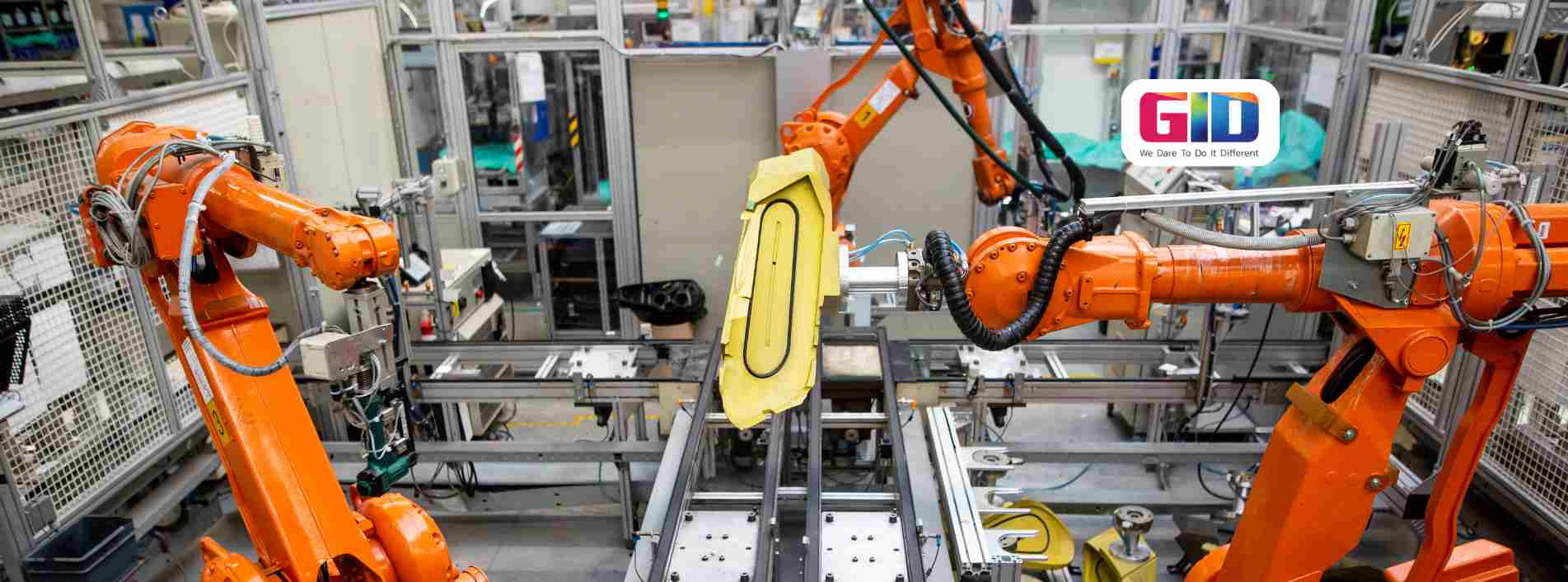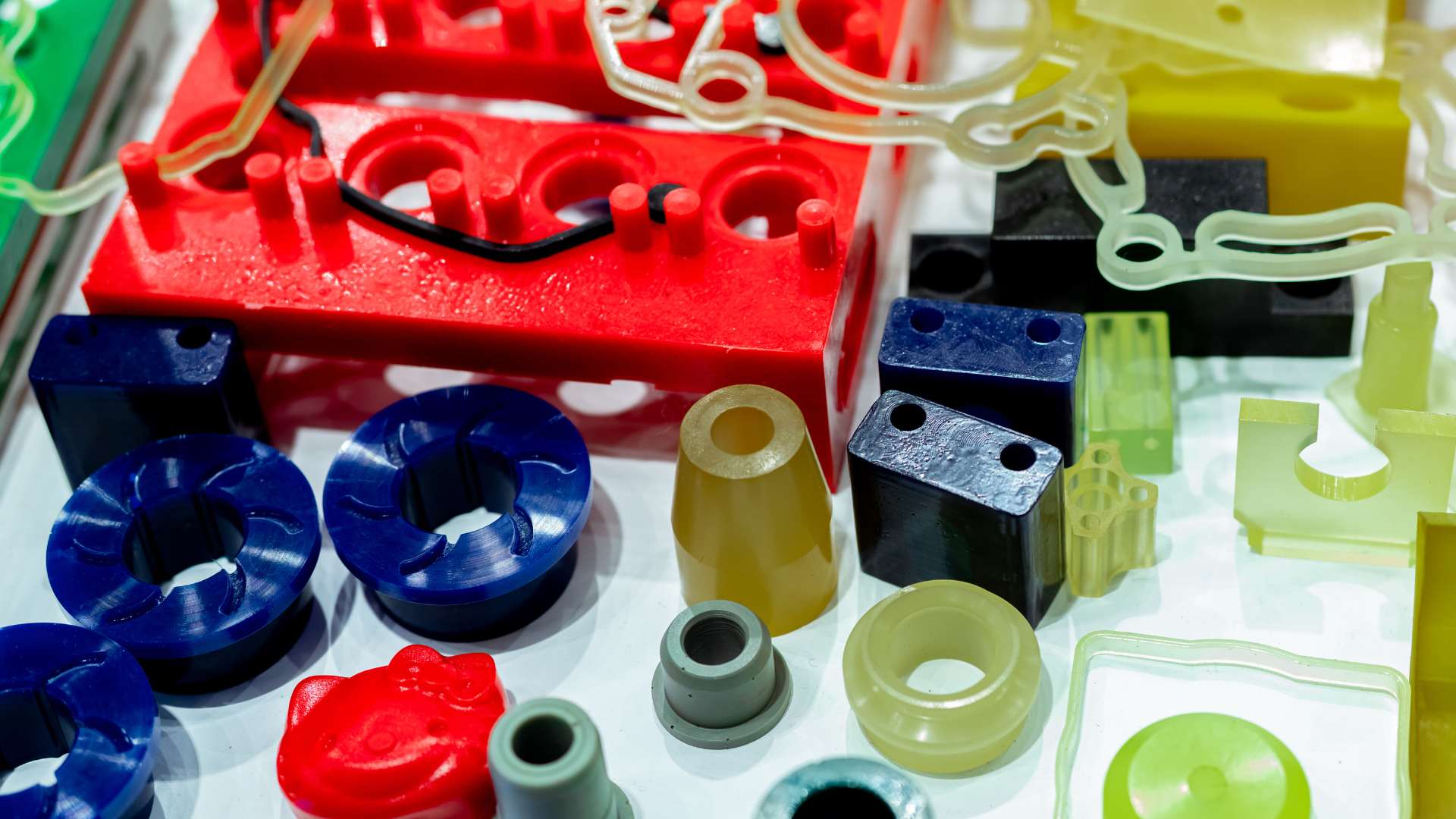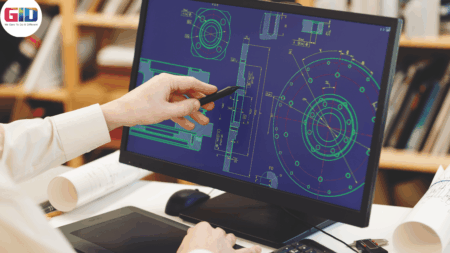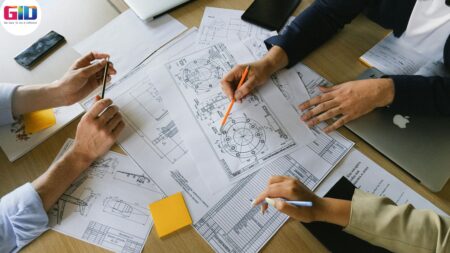Custom Plastic Product Manufacturing: Expert Solutions and High-Quality Standards for Your Business
Custom Plastic Product Manufacturing is often a complex process that many businesses, whether involved in plastic parts or custom plastic products, choose not to handle themselves. Instead, to avoid the complexities of custom plastic product manufacturing, they partner with specialized manufacturers to achieve the desired functionalities in their plastic products. For entrepreneurs in the United States and beyond, GID Company provides expert custom plastic product manufacturing services at competitive prices while maintaining high industry standards and quality. Since its inception, GID Company has been dedicated to comprehensive custom plastic product manufacturing solutions, offering everything from product design and prototyping to bulk production. To see our expertise in custom plastic product manufacturing, visit our product development portfolio.
The manufacturing of plastic products at GID Company incorporates all forms of plastic production, including injection molding, cast molding, extrusion, and calendaring. With more than two decades of thriving experience in the manufacturing industry, GID Company, California, has worked with several private label resellers, original equipment manufacturers, and other businesses in a variety of industries to create their product lines. As a client, whether your requirements are key components, complete product lines, or single standalone products made from plastic, you can trust GID Company’s highly proficient staff of product designers, product engineers, product managers, and experienced mentors.
Along with the selection of the correct manufacturing process, the selection of perfect raw materials for manufacturing new products is equally important. An entrepreneur may not be aware of the options available in the market; hence, GID Company guides them in selecting the most suitable raw material. When it comes to the manufacturing of new plastic products, GID Company not only excels in the vivid manufacturing processes, but also outshines in deciding an ideal raw material for the manufacturing of products. Based on our expertise and industry experience, we help our clients in selecting the most beneficial raw material for creating new plastic products.
GID Company has served the needs of businesses across the globe for over two decades, offering custom, precise plastic products for a wide range of markets. We are committed to quality in everything we do, from our technical know-how to our customer service. As a leading plastic product manufacturer in California, we are committed to manufacturing high-quality custom plastic products that can maximize their productivity, efficiency, and overall profit margin.
While manufacturing plastic products, at GID Company, we maintain the highest quality principles, guaranteeing accuracy in production using the statistical process to consistently reach minimum tolerances on critical dimensions. Every plastic product coming out of our manufacturing plant is developed to the exact specification. Our expertise and experience in plastic product manufacturing set us apart allowing us to be the top manufacturer of critical aerospace, electronics, automotive, and medical components. We produce small parts and complete innovative products, from limited amounts to large volumes in the hundreds of thousands.
As a pioneer in custom plastic product manufacturing, GID Company continually invests in the latest technologies and industry best practices to stay at the forefront of innovation. Our dedicated team works closely with each client to ensure every project is executed with precision and efficiency, driving both quality and cost-effectiveness. Whether you’re developing a new product or scaling up an existing one, GID Company’s commitment to excellence guarantees results that meet the highest standards. Discover the difference our expertise can make—contact us today to explore how our custom plastic product manufacturing solutions can bring your vision to life.
We are consistent in our commitment to manufacturing brilliance, timely delivery, and customer-oriented after-services. To know more about plastic product manufacturing services in California, USA. Contact GID Company today at +1714-323-1052 or click here. To get the newest updates about new product idea and development, kindly follow us on Facebook, Twitter, Instagram, LinkedIn, and YouTube.


















